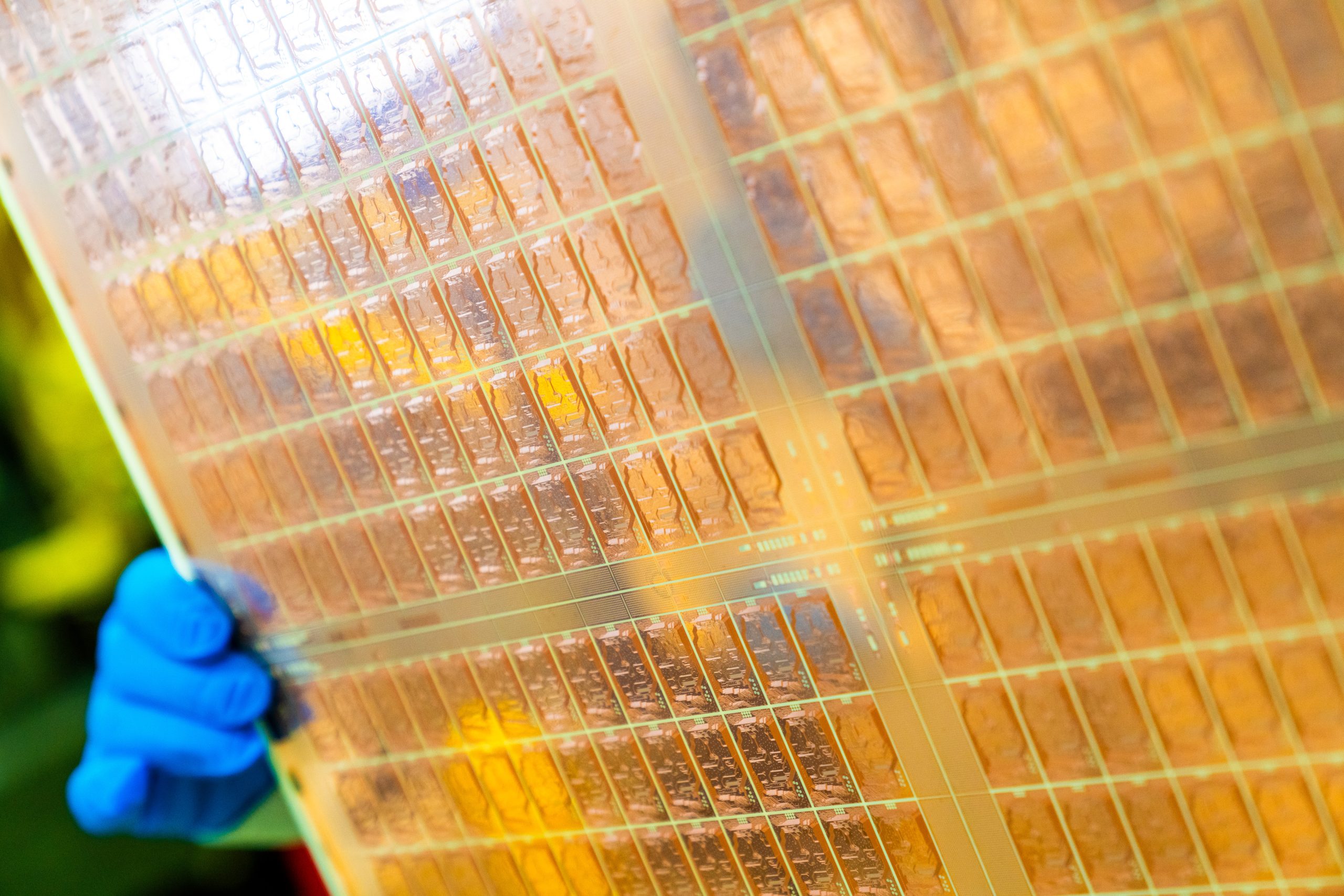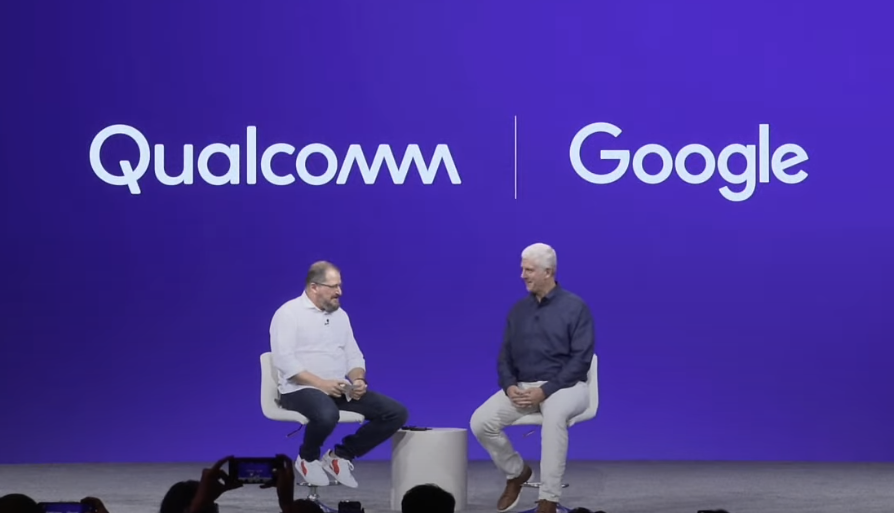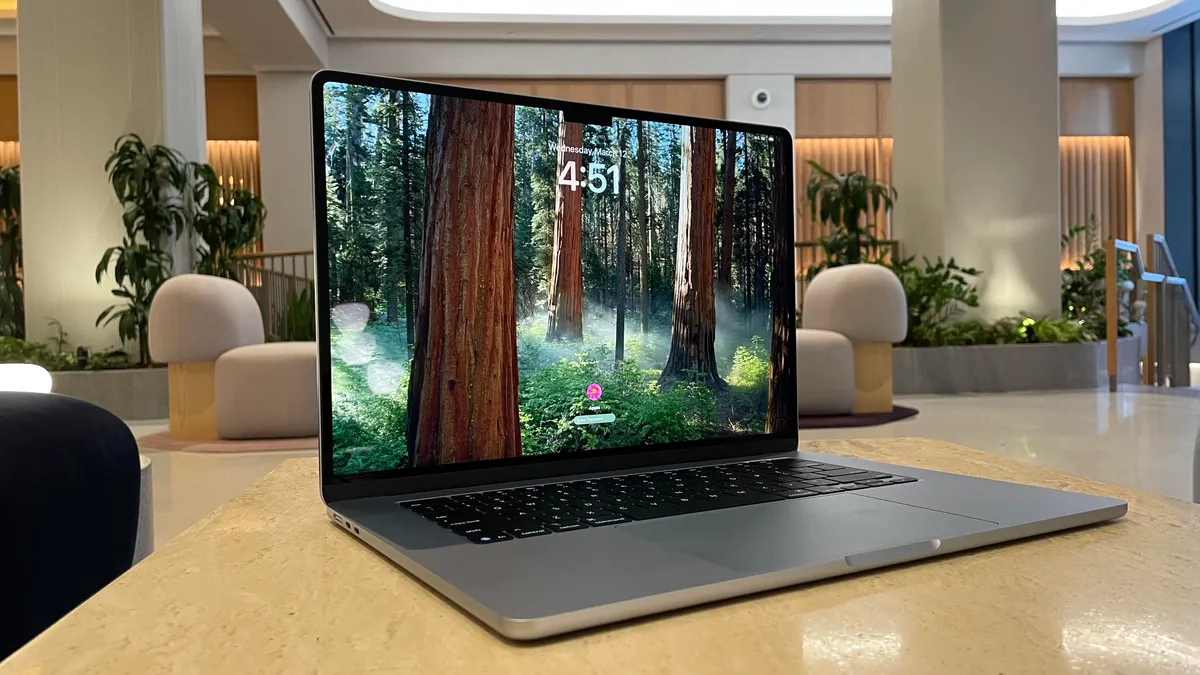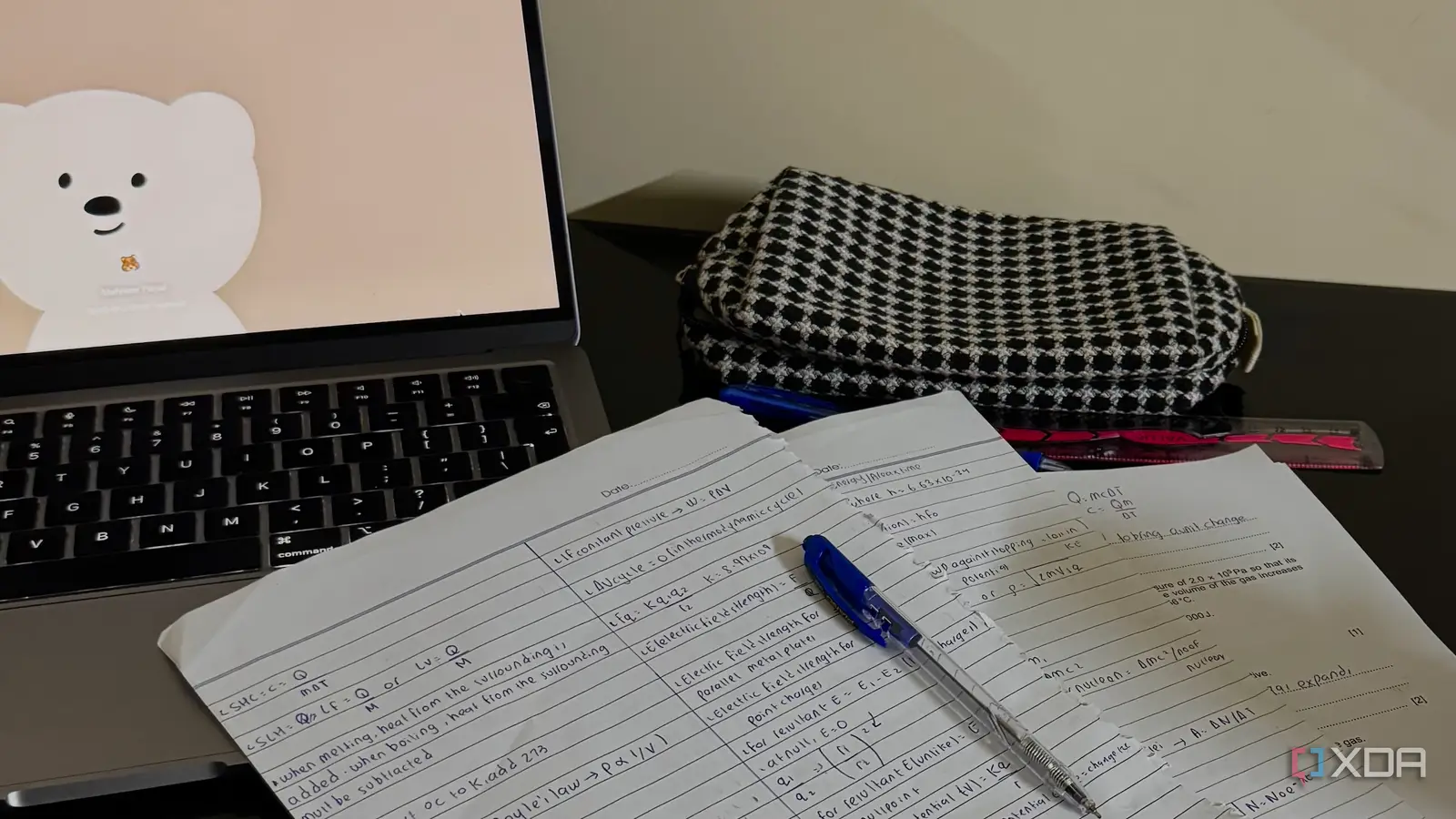Glass Substrates Are Beginning to Draw Big Tech Interest, With Apple and Tesla Reportedly Lining Up for Adoption in Next-Gen Chips

Glass substrates have finally started to be recognized by tech giants, as a new report claims that both Apple and Tesla are looking to adopt the technology.
Glass Substrates Bring Several Benefits Over an Organic Core, But The Technology Is Yet To Mature For Mass Adoption
Well, glass substrates have been discussed in the semiconductor world for several years now, and they are claimed to be an alternative to organic substrates utilized in chiplet packaging. A report by ETNews claims that both Apple and Tesla are talking with respective manufacturers to discuss the integration of the technology in next-gen products. Depending on how mature glass substrates become, they could likely be adopted in Tesla’s next-gen FSD chips and Apple’s in-house silicon.
It is claimed that both Apple and Tesla have realized that the adoption of glass substrates could be crucial for next-gen products. Interestingly, the Cupertino giant has also visited equipment suppliers to explore the solution in depth. In terms of how the technology could be integrated into Apple and Tesla product lineups, the report states that Tesla might utilize them with future FSD chips, while Apple could use them for its ASICs and for the silicon in products like the iPhone or MacBook.
For those unaware, glass substrates replace the organic core in advanced chip packages and integrate multiple redistribution layers (RDL) for routing signals and power between multiple chips/dies. Since glass has a much higher density than organic substrates, manufacturers can squeeze in more signals per layer, reduce layer count, or pack in more chiplets, allowing for a superior product. One of the primary advantages of using them for vendors like Apple and Tesla is that you can unlock the manufacturing of bigger, denser multi-die packages.



